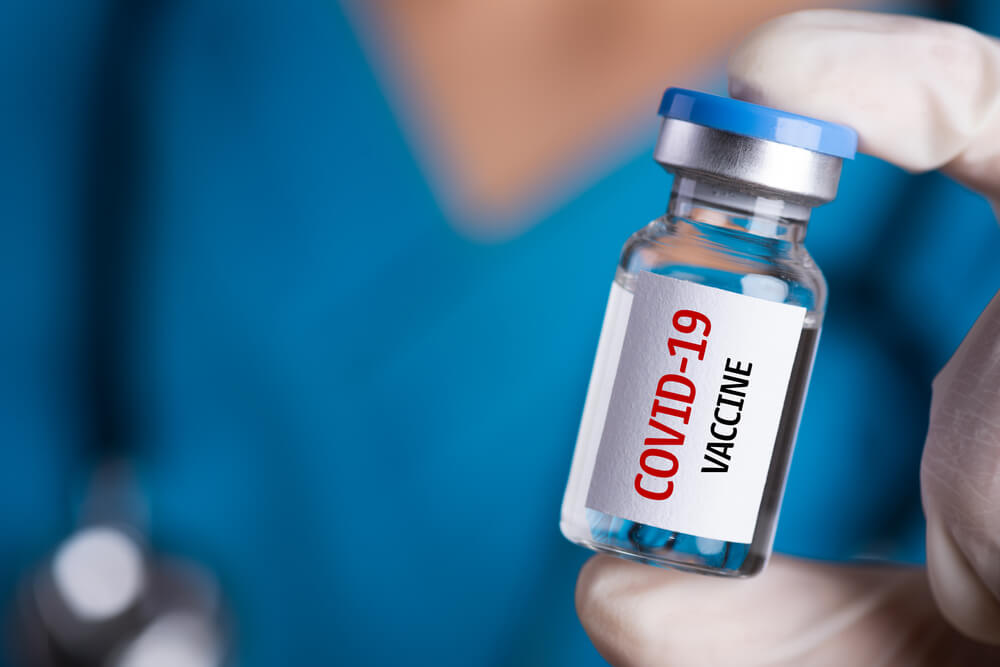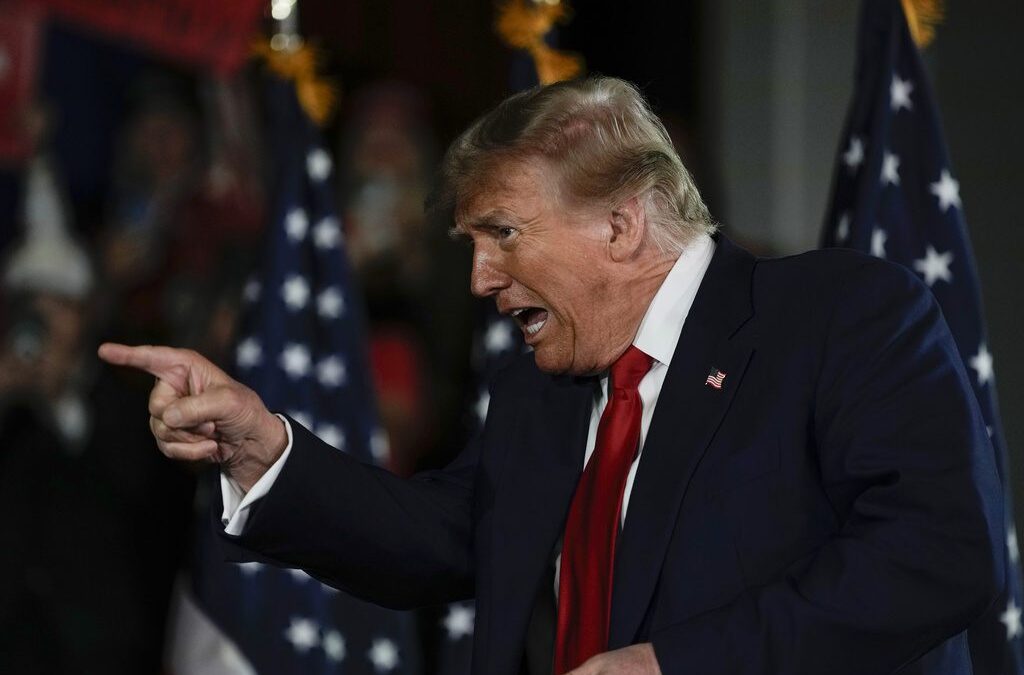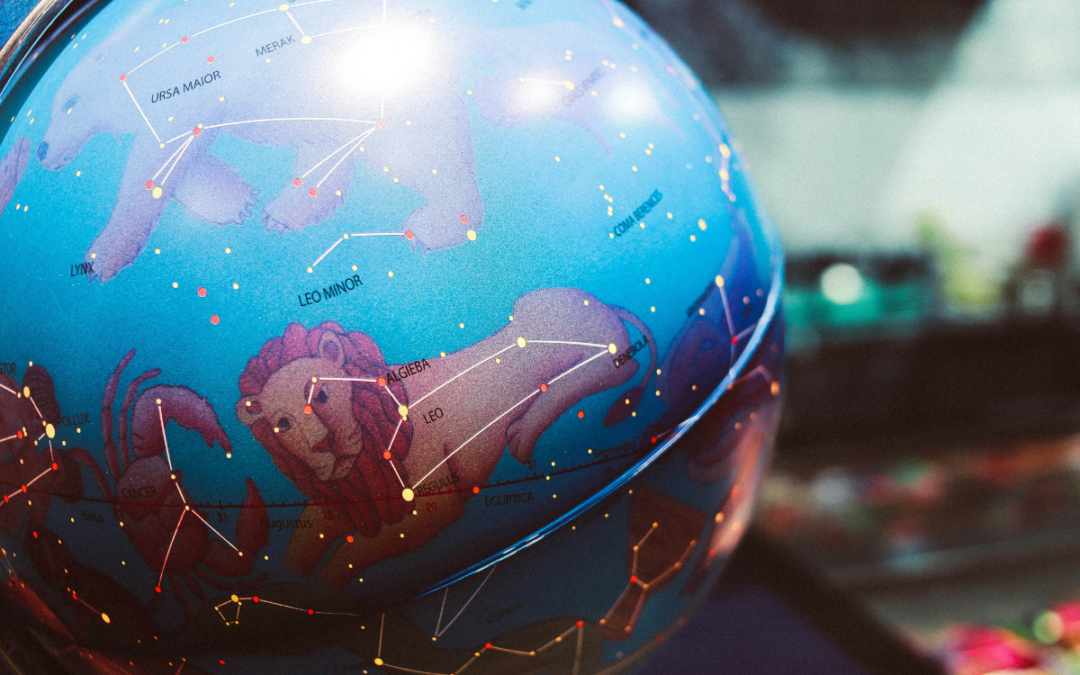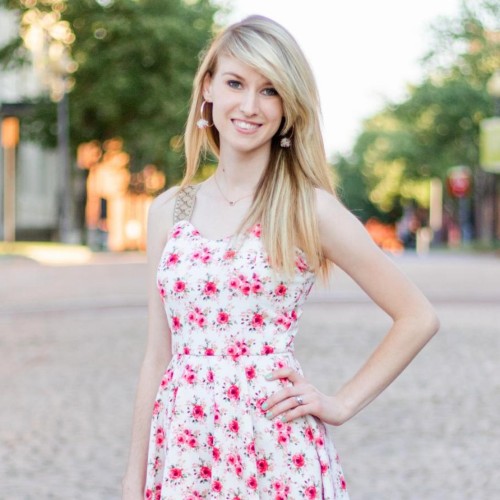
Vaccinations aren’t far off in the distance, but not everyone will receive one immediately.
WASHINGTON, DC – The District needs roughly 80,000 COVID-19 vaccine doses for its healthcare workers. The federal government said this week it will likely provide one-tenth of that.
Dr. LaQuandra Nesbitt, director of the District of Columbia Department of Health, answered questions during a press conference on Monday. When it came to a vaccine, she said the District isn’t a priority, due to population numbers.
“All we know at this point is that the Operation Warp Speed team and the [Centers for Disease Control and Prevention] are providing allocations to states using what they call a ‘pro rata’ share by population,” Nesbitt said.
As of the latest estimate, Washington, DC had 684,498 residents. By comparison, it actually ranks higher than Wyoming and Vermont in that regard. Wyoming has 586,107 and Vermont comes in at 626,042. As of Dec. 1, the District reported 21,842 positive cases since March, with 690 deaths.
RELATED: No Virginia, There Won’t Be a Lockdown. Now Wear Your Mask.
Vaccines Coming
Within the next few weeks, the first round of COVID-19 vaccines will arrive in DC. Nesbitt anticipated weekly or bi-weekly vaccination shipments to the jurisdiction. However, the supply-and-demand could have vastly differing figures. Nesbitt explained the behind-the-scenes process for procuring vaccines.
“The infrastructure for the management of the vaccine distribution channels is somewhat complex in terms of governance,” Nesbitt said. “What the federal government is doing is that they are building upon the existing vaccine ordering – this is called a vaccine management infrastructure—between the states and the federal government, which is through the [CDC].”
However, not everyone can get in line the day the vaccination arrives.
“We are to understand that that number is not necessarily final because the prioritizations for who should receive the vaccines are not final. So that number could move,” Nesbitt said. “As it stands, it’s about one-tenth of what we would estimate we need for our Phase One-A group, which is our healthcare workers.”
The estimate of the Phase One-A group came it at around 80,000 people. That number reflects healthcare workers not only within the limits of the District of Columbia, but also surrounding areas in Virginia and Maryland. The initial round of vaccines the district expects comes in at fewer than 8,000.
“It’s critically important to us that we receive sufficient doses of vaccine to vaccinate our workforce and not just our population, as about 75% of healthcare workers are residents of Maryland and Virginia,” Nesbitt said.
RELATED: Only Some Virginians Will Receive the First Vaccine Batch. Here’s Why.
Training First
Even though the vaccine’s coming soon, that doesn’t mean widespread clinics will offer the dose—at least, not at first.
“There has to be provider training. So I do want to socialize to folks that a vaccine may be shipped here a day after training, but people may not be vaccinated in communities,” Nesbitt said. “I think state and local healthcare providers really do want people to know that, is that people have to be trained on how to administer the vaccine.”
Emphasizing that training occurs before administering the doses, Nesbitt expressed that there could be a slight delay between receiving the vaccine and vaccinating individuals.
“There are modules that the manufacturers are producing, but it may not be 24 hours, it may be a few days before you actually start vaccinating people because they have to be trained on how to actually do it,” Nesbitt said.
Additional Precautions
During the conference, DC Mayor Muriel Bowser also encouraged those that traveled over the Thanksgiving holiday to take precautions. That means either restricting activities for 14 days or staying home for three to five days before getting tested.
“We also urge anyone who participated in activities or gatherings where they have been exposed to get tested. Through testing, we can isolate people who are infected and slow the spread of the virus,” Bowser said. “So again, limit your activities for 14 days or get a test three to five days after your exposure and continue to limit your activities until you get a negative test result.”
Amie Knowles reports for The Dogwood. You can reach her at [email protected]
Politics

VIDEO: Youngkin won’t add legal protection for birth control access
Access to birth control remains vulnerable to potential future attacks after Republican Gov. Glenn Youngkin effectively blocked a bill that would...

Trump says he would allow red states to track pregnancies, prosecute abortion ban violators
In an interview published by Time magazine this week, former president Donald Trump detailed his plans for a potential second term and said he would...
Local News

The zodiac signs of 12 iconic women offer insight into their historic accomplishments
Zodiac signs can tell you a lot about someone’s personality. Whether they’re an earth, water, air, or fire sign, these 12 categories (which are...

Virginia verses: Celebrating 5 poetic icons for National Poetry Month
There’s no shortage of great writers when it comes to our commonwealth. From the haunting verses of Edgar Allan Poe, who found solace in Richmond's...





